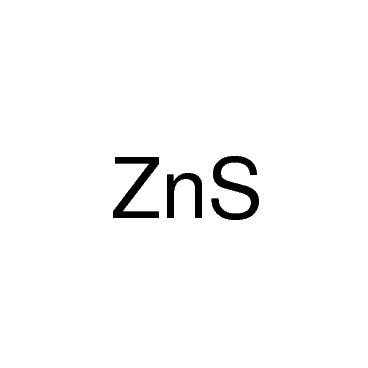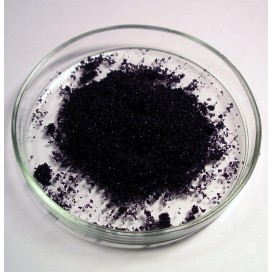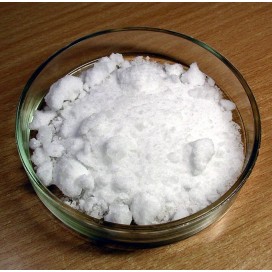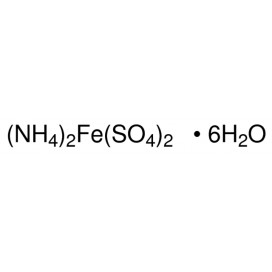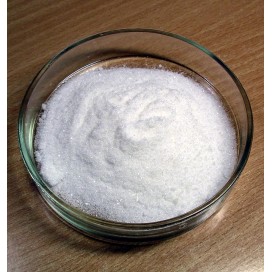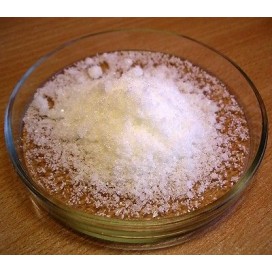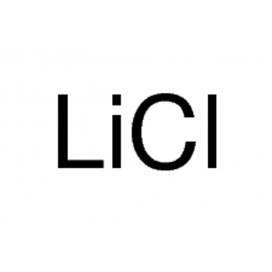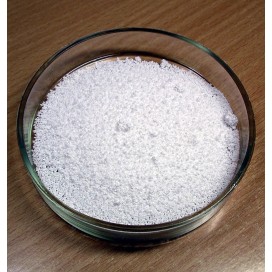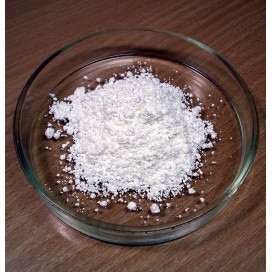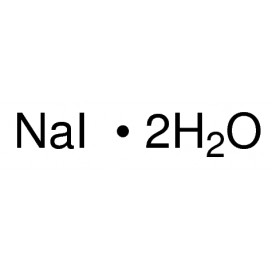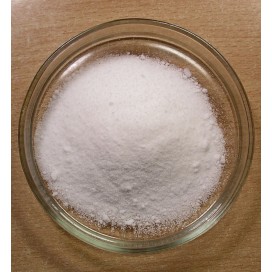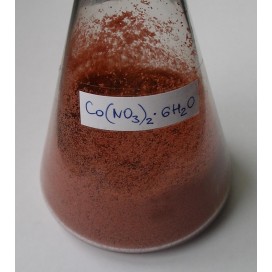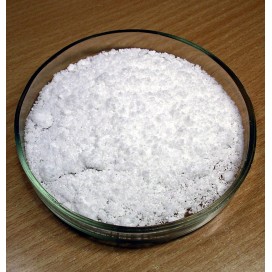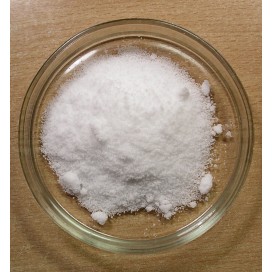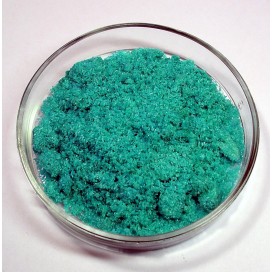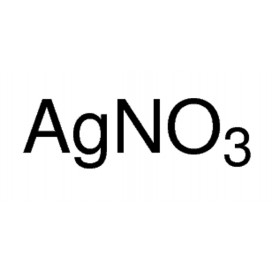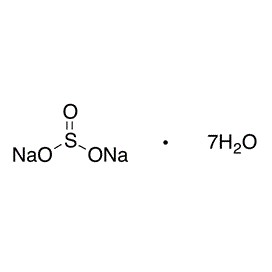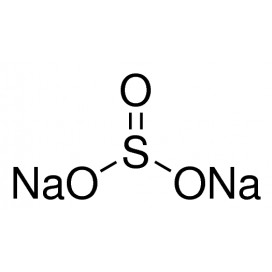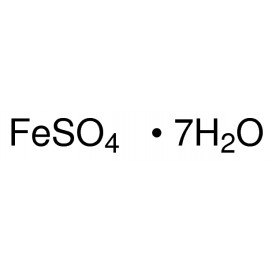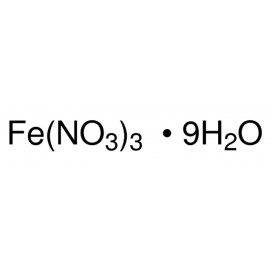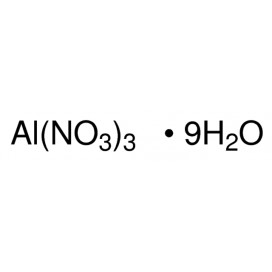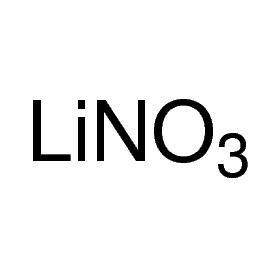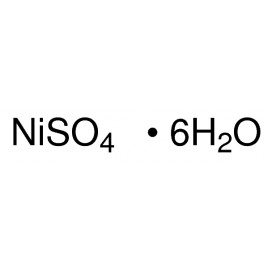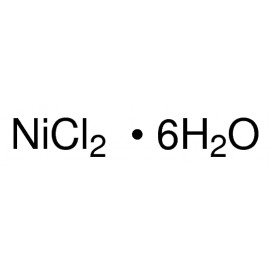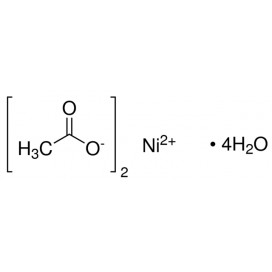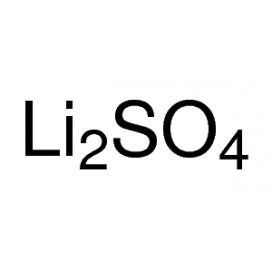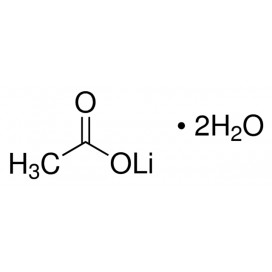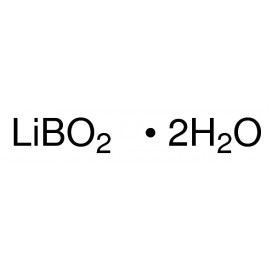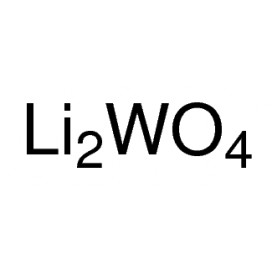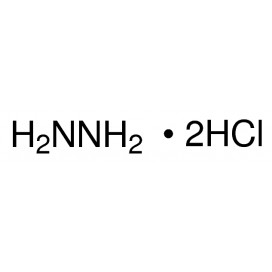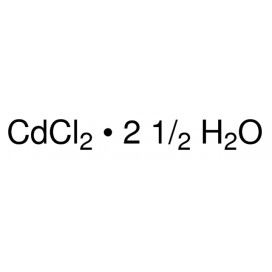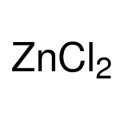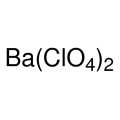Zinc sulfide (or zinc sulphide) is an inorganic compound with the chemical formula of ZnS. This is the main form of zinc found in nature, where it mainly occurs as the mineral sphalerite. Although this mineral is usually black because of various impurities, the pure material is white, and it is widely used as a pigment. In its dense synthetic form, zinc sulfide can be transparent, and it is used as a window for visible optics and infrared optics.
Zinc sulfide, with addition of few ppm of suitable activator, exhibits strong phosphorescence (described by Nikola Tesla in 18), and is currently used in many applications, from cathode ray tubes through X-ray screens to glow in the dark products. When silver is used as activator, the resulting color is bright blue, with maximum at 450 nanometers. Using manganese yields an orange-red color at around 590 nanometers. Copper gives long-time glow, and it has the familiar greenish glow-in-the-dark. Copper-doped zinc sulfide ("ZnS plus Cu") is used also in electroluminescent panels. It also exhibits phosphorescence due to impurities on illumination with blue or ultraviolet light.
Zinc sulfide is also used as an infrared optical material, transmitting from visible wavelengths to just over 12 micrometers. It can be used planar as an optical window or shaped into a lens. It is made as microcrystalline sheets by the synthesis from hydrogen sulfide gas and zinc vapour, and this is sold as FLIR-grade (Forward Looking IR), where the zinc sulfide is in a milky-yellow, opaque form. This material when hot isostatically pressed (HIPed) can be converted to a water-clear form known as Cleartran (trademark). Early commercial forms were marketed as Irtran-2 but this designation is now obsolete.
Zinc sulfide is a common pigment, sometimes called sachtolith. When combined with barium sulfate, zinc sulfide forms lithopone.
Fine ZnS powder is an efficient photocatalyst, which produces hydrogen gas from water upon illumination. Sulfur vacancies can be introduced in ZnS during its synthesis; this gradually turns the white-yellowish ZnS into a brown powder, and boosts the photocatalytic activity through enhanced light absorption.
Both sphalerite and wurtzite are intrinsic, wide-bandgap semiconductors. These are prototypical II-VI semiconductors, and they adopt structures related to many of the other semiconductors, such as gallium arsenide. The cubic form of ZnS has a band gap of about 3.54 electron volts at 300 kelvins, but the hexagonal form has a band gap of about 3.91 electron volts. ZnS can be doped as either an n-type semiconductor or a p-type semiconductor.

